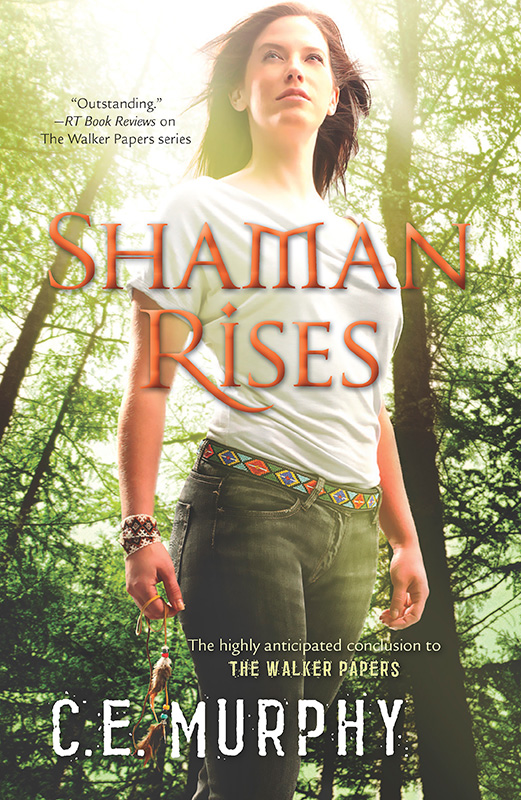Beth Cato, author of the splendid CLOCKWORK DAGGER books, said she’d love to know more about my outlining process(es) for series.
bahahahwoooohahahahahaha ahahaha bahahah hee hee hee
*wipes eyes*
Okay. No, seriously. *laughs* Seriously, it’s an excellent question/thing for me to think/write about. The truth is I’ve become much more serious about outlining in the past few years, but I haven’t yet taken it to the series level that I’d *like* to. (I should, in fact, be looking very hard at REDEEMER and perhaps MAGIC & MANNERS in those terms right now.) So I’ll talk about what I’ve done so far, with–well, I’ll start with a particular focus on the Walker Papers, but honestly if you guys would like me to I could do a pretty thorough discussion of the development for any or all of the series I’ve worked on. Let me know if you’re interested in more than just one development examination!
When I started the Walker Papers I imagined a 7 book series with a specific and definitive arc, which is to say, I knew where it started and ended and had a few ideas about where it middled. I did *not* have a pure clear vision or any hope of being able to sit down and write out a series-long arc to follow. Or, rather, I probably had a hope of it but it wouldn’t have occurred to me to write it down.
But then people kept referring to the 3 books I’d sold as a trilogy. At first I resented it, because the Walker Papers were always intended to be a longer series, not a trilogy, but in short order I realized that the arc I had in mind could be broken out into three parts: novice, journeyman, master, each with a ‘trilogy’ to explore that part of the story. Suddenly I had the emotional and magical structure for three ‘trilogies’ that made up one much larger story, and those two things along with the overall story arc really made up the three legs the series stands on. Now, fifteen years after I wrote the first book, looking back on the series, I feel that in many ways I succeeded in developing the story along just those structural supports.
As a storyteller, I like stories that have endings. Not necessarily the end-all and be-all end of the characters, but I like to put my characters through a growth arc, and when I reach the end of that arc, I’ve reached the end of the story we see. The Walker Papers, in many ways, end where a lot of series begin: with a character confident of her powers and her place in the world. Adventures may lie ahead, even world-shaking adventures, but my window on those stories has closed as Joanne completed her emotional and magical journey.
I began with a character who was less than a novice: she actively rejected magic and had roughly the emotional depth of a potato, and we watched her grow up both magically and emotionally. That was hugely important to me, and is, I think, one of the triumphs of the series. (It’s also part of why readers should *really* start at book one and work their way through. The payoff is so much greater! :))
Magically, there’s a specific and deliberate pattern to the bad guys Joanne faces, and those patterns fit into both the trilogy template and the longer story format. I have, frankly, no idea if readers have picked up on the themeatic similarities of the challenges Jo faces in each trilogy, but they’re there (I might delineate them in comments, if anybody wants me to!), and are not accidental. Moreover, they tie back into Joanne’s emotional growth; every story has elements designed to teach her specific lessons about specific things (and each ‘trilogy’ teaches her how to deal with a Large Themeatic Issue). That’s the second leg of the series, and I’m…mostly. Mostly. Largely. :) Happy with how they developed.
The third leg is the through story, of course, the one that affects every book and is paid off in full in SHAMAN RISES: the Master, the Big Bad, the creature Joanne’s been touching on briefly ever since the early pages of URBAN SHAMAN. It is, frankly, embarrassing how long it took for some of the obvious aspects of the Master to come clear to me–and subsequently amazing to me how I’d dropped hints and tie-ins all the way through the series that pulled it all together. I knew several books ago how it was going to end; my editor then made me revise until it was so much better, so many details paid off, resonating back to the beginning of the series, that I really feel that I accomplished the long game I was after.
Honestly, this is the kind of stuff that on many levels I gape in awe at other writers when they accomplish them. I’m forever saying I don’t have much skill in developing or awareness of my own themes in my books, and I’m sure there are things there I don’t see. But with the Walker Papers, there were so many things I started out with, ideas and plans that were in place and eventually played into place, that I might even be able to say I knew what I was doing from the start…!

I completely understand what you are saying. I told my husband the other day that my subconscious mind most likely knew all the aspects of my story when I started writing it. My conscious mind kept trying to go in different directions that just didn’t work. Once I figured out what was really going on, every single oddity in my ms started to make sense.
BTW…,the emotional depth of a potato??? To Freaking Funny!!!